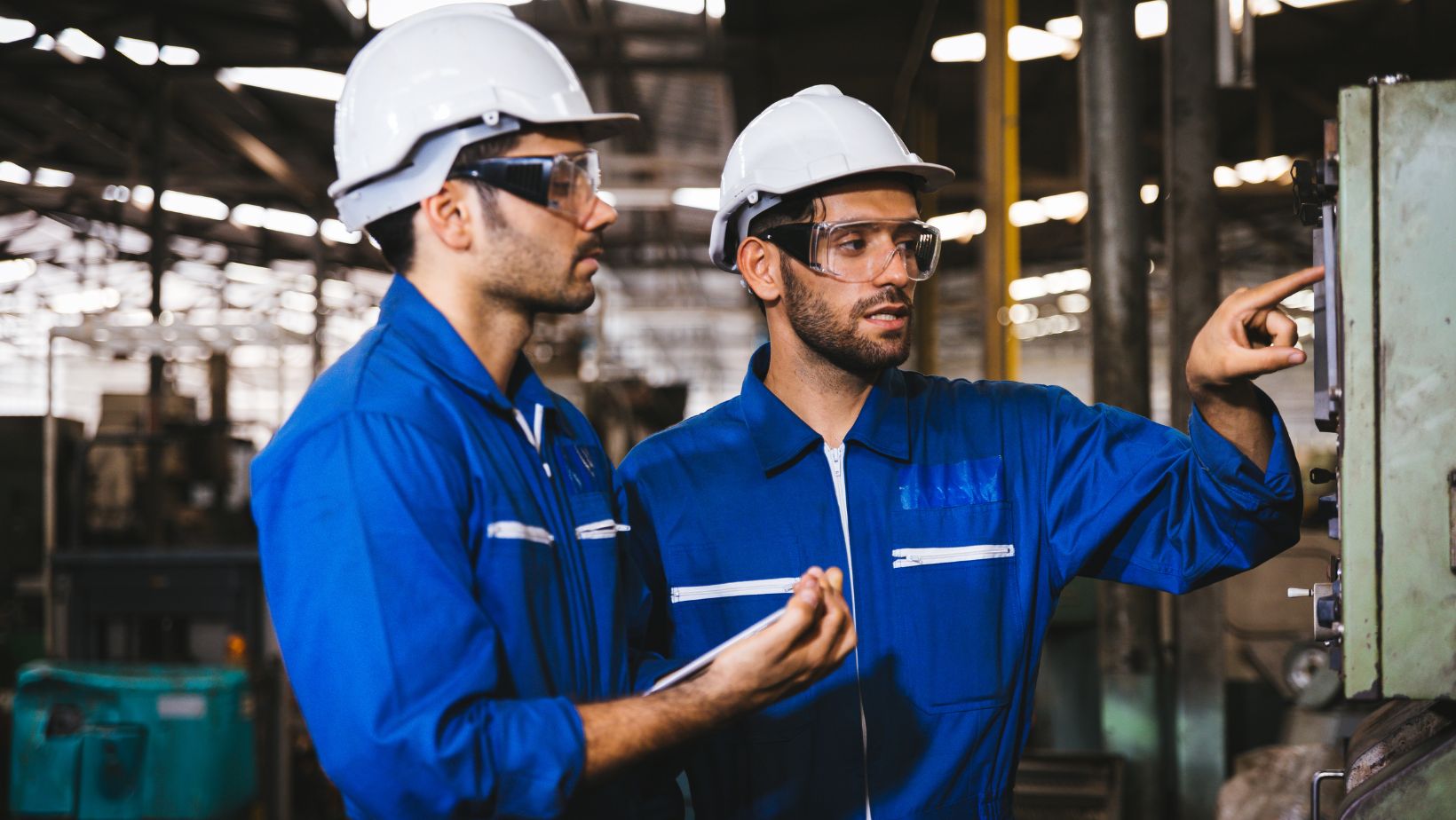Making a schedule for equipment maintenance is very important in keeping any business running well. Regularly checking and taking care of the equipment makes sure it works efficiently, decreasing the chance of sudden breakdowns that can disturb business activities and cause more expenses. A good maintenance schedule helps to make your equipment last longer, which saves money and boosts productivity. By prioritizing maintenance, businesses can avoid downtime and ensure that all equipment functions optimally.
Assessing Your Equipment Needs
Prior to creating a maintenance plan, it’s crucial to evaluate the particular requirements of your business equipment. This includes recognizing all the equipment used in everyday activities and comprehending what maintenance each piece needs. For example, a computer, printer and paper shredder will have different maintenance needs compared to more complex machinery like industrial equipment or specialized tools. You can make a maintenance plan that suits your equipment by carefully examining each item and understanding its particular demands.
Creating a Maintenance Plan
A total maintenance plan is the basis of a successful schedule. Initially, you should look at the manufacturer’s instructions for all equipment. This will help to identify suggested maintenance times and methods with every item of equipment. Now, put these guidelines into your plan. Make clear what kind of maintenance is needed and how often it should be done. Adding in preventive maintenance duties is also useful, like cleaning, lubricating or inspecting to spot potential issues before they turn into big problems.
Scheduling Regular Inspections
Inspections, which are a crucial part of maintenance work, should be planned at frequent and steady intervals. The timing for these inspections will depend on how much the equipment is used and also what suggestions the manufacturer gives. When doing an inspection, look out for signs that show things getting worn down such as loose parts or anything not working normally. Keeping records of every inspection is useful in monitoring how the equipment’s state changes and pinpointing issues that happen again and again, possibly needing deeper focus.
Assigning Maintenance Responsibilities
Assigning maintenance responsibilities is important so the schedule can be followed consistently. We must designate certain persons or teams to handle maintenance tasks, considering their expertise and familiarity with equipment.
It’s also crucial to provide training for proper maintenance procedures and safety rules, making sure tasks get done correctly, and efficiently. Responsibility for maintenance is clearly communicated, promoting accountability and preventing tasks from being forgotten.
Implementing a Tracking System
Including a way to track the maintenance being done can make your schedule more effective. This could be a simple spreadsheet or complex maintenance management software, but it should have details like date of maintenance, tasks completed, parts changed and any notes or suggestions.

Having thorough documentation helps in easily observing adherence to the maintenance timetable, and spotting patterns or repeated matters that require attention.
Evaluating and Adjusting the Schedule
Checking and modifying the maintenance schedule on a regular basis is very important. Look into how well your equipment is functioning and its condition to decide if the schedule for maintenance needs adjusting. Like, equipment that is used heavily might need maintenance checks more often compared to those which are hardly used. Flexibility in the maintenance time-table assists you to adapt as per different requirements and make sure that all equipment functions at its best.
Arranging a maintenance schedule for equipment is very important in any business that wants to make sure its equipment works well and stays useful for longer. By thinking about the needs of equipment, making a plan, setting up regular checks, giving work duties to people, starting a system to follow things and checking the schedule often – all of these actions are helpful to keep your company’s gear in top condition. Consistent maintenance can help avoid expensive breakdowns or time when machines aren’t working; it also adds up towards creating safer workplaces with more efficiency at work. Putting equipment maintenance as a priority is a proactive step in keeping the business running well and successful over time.



More Stories
What is Game Aggregation?
Small Business Survival Tactics for Thriving in Recessions
Smart Investment Strategies: Building Wealth the Right Way